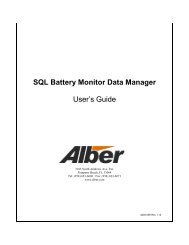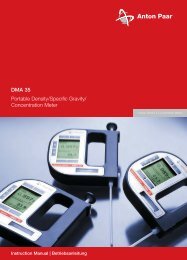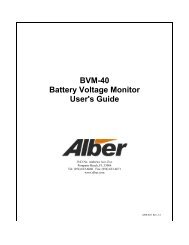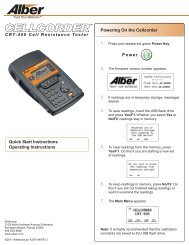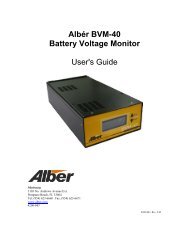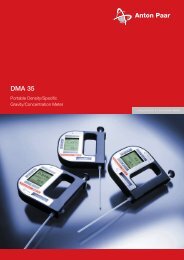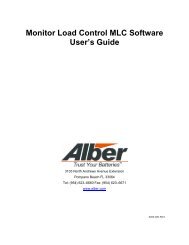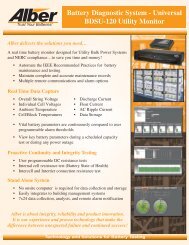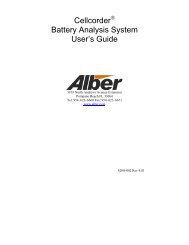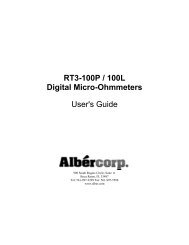BCT-2000 Software and BCT-128 and BCT-256 User's Guide - Alber
BCT-2000 Software and BCT-128 and BCT-256 User's Guide - Alber
BCT-2000 Software and BCT-128 and BCT-256 User's Guide - Alber
- No tags were found...
Create successful ePaper yourself
Turn your PDF publications into a flip-book with our unique Google optimized e-Paper software.
9.4. Temperature (Ambient)Record the ambient temperature of the battery room prior to testing. This data is entered intothe <strong>BCT</strong>-<strong>2000</strong> program, <strong>and</strong> the load can be temperature corrected to IEEE st<strong>and</strong>ards.9.5. Equalize ChargingIEEE Std 450 for flooded cells <strong>and</strong> Std 1188 for VRLA cells, <strong>and</strong> most batterymanufacturers, recommend that a battery be equalize charged at least seven days beforeperforming a discharge test, <strong>and</strong> the battery be allowed 72 hours of float condition prior totesting. This charging action should provide optimum capacity results. Contact individualbattery companies for their recommendations on this practice.In an effort to test the battery in an as-found state, occasionally load test the battery in itsnormal float state, without any prior charging or preparation. This as-found testing checks theeffectiveness of the battery maintenance program. (Done as a service test on the <strong>BCT</strong>.)9.6. Test HistoryAnalyze test results from previous tests to determine faulty conditions that may becomeapparent during the load test. Doing this permits closer observation of cells or connectionsthat were weak, the cause of problems, or possible failures. Correct any problems that stoptests prior to putting the battery back into service <strong>and</strong> before further testing.13



